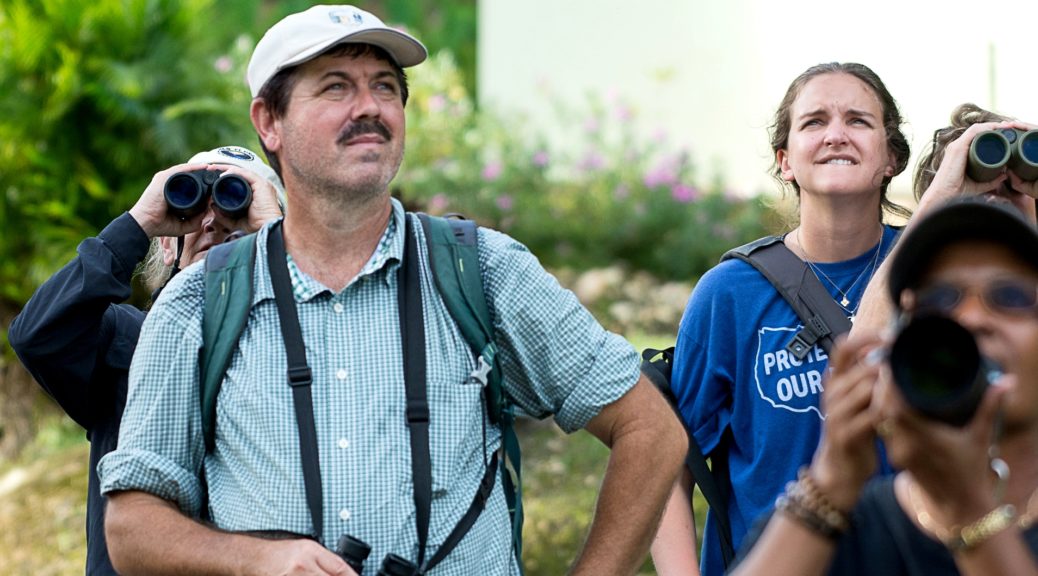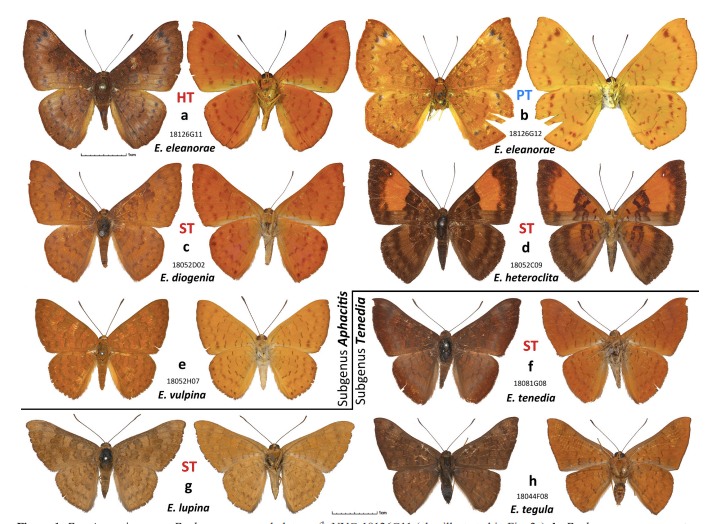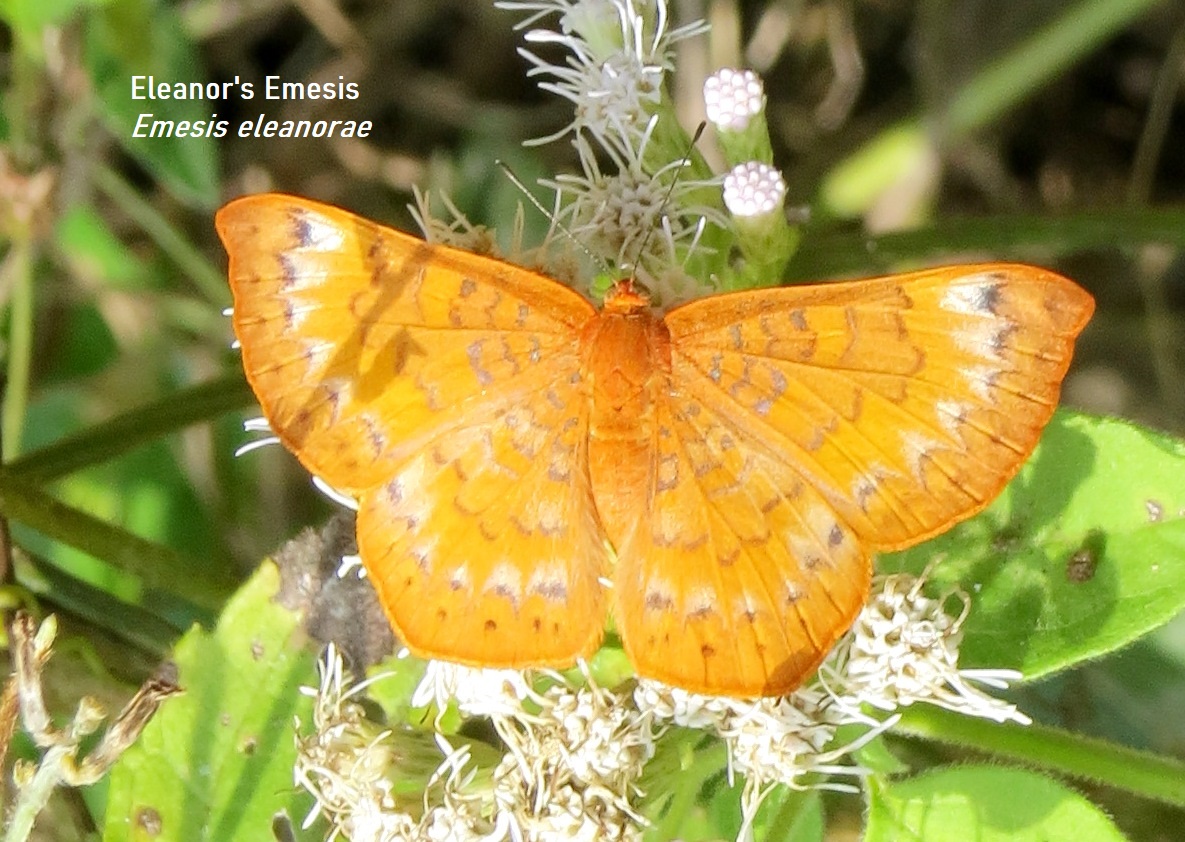He is your double expert guide for Texas Birds & Butterflies Nov. 1 – 9
To say that Robert Gallardo is doing something unprecedented on his little piece of bird-and-butterfly-guide paradise in Emerald Valley, Honduras would be to use the singular when the plural is what’s called for.
Crowning a series of recent triumphs, Robert expects sometime this year to publish with his partner Olivia The Butterflies of Honduras, a volume that represents many firsts in itself. Among those firsts are several new species Robert had a hand in identifying in the past few years, including one he named this year after his mother, Eleanor’s Emesis: a bright orange metalmark with merlot and iron spots.
Robert said he suspected immediately that it was an undiscovered species, and is only one of a handful of people in Central America with enough knowledge to be that confident. He’s on the leading edge of a growing but still exclusive group of naturalists who can claim the title of ‘butterfly guide,’ which is just like being a bird guide, only much, MUCH harder!

Quietly fluttering anywhere from ground-hugging flowers to the sky-scraping canopy, butterflies can be quite tiny and hard to locate, which is the first step to identification.
“Once you get your eyes trained to see hummingbirds, the next step is butterflies,” he said. “When you can spot butterflies half an inch across from 100 feet away, then hummingbirds are easy.”
Our Texas Birds and Butterflies guests will enjoy his tips for finding and identifying both kinds of beautiful flying things! Co-guiding this trip is Bryan Calk, a Texas native and a splendid photographer. This is one of the most exciting and well-matched guide pairings all year long.
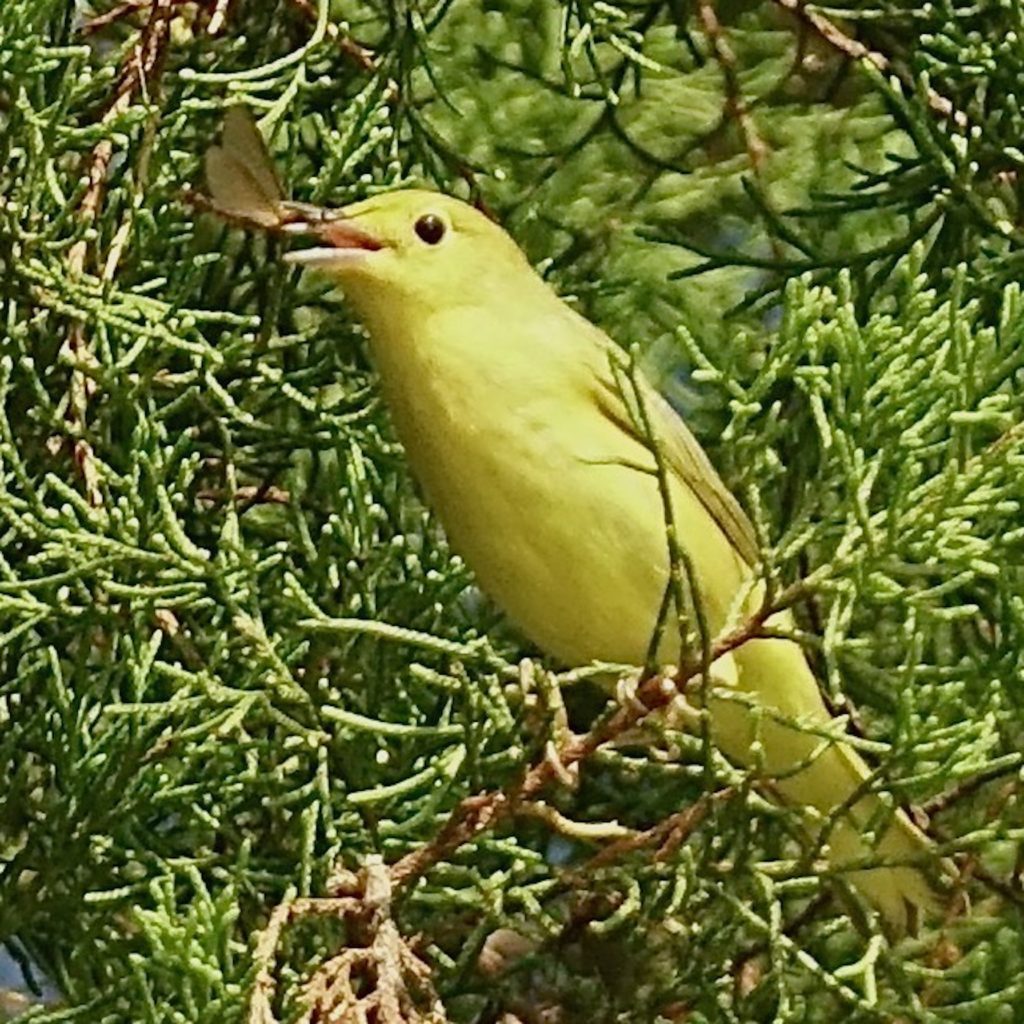
Texas Birds and Butterflies with guides Robert Gallardo & Bryan Calk
Texas Birds & Butterflies, Guides Robert Gallardo and Bryan Calk
Nov. 1 – 9 | $2,890 from Corpus Christi
Arrive early for Texas Butterfly Festival Oct. 29 – Nov. 1 or stay on for the Rio Grande Valley Birding Festival Nov. 9 – 13!
“Butterflies are a lot harder than birds,” Robert said, noting that in Honduras there are twice as many butterflies as birds — and they don’t vocalize to help you narrow the identification down.
“It’s like trying to ID the Empidonax flycatchers, multiplied by ten, and only a tenth the size,” he said. “That’s why there are very few specialists in the entire region.”
Butterflying Etiquette
It is a good idea to scan butterflies as quickly as possible for identifying marks, partly because they may fly away, but there’s also a chance a bird or another insect will swoop in and turn it into lunch.
“We’ve seen birds, jumping spiders, and robber flies catch butterflies we are watching,” Robert said. “It’s fun, it’s part of the butterflying experience.”
There is more collecting of specimens in butterflying than there is in modern birding, Robert said, especially when they may be needed to help identify a new species.
The fact that Robert, Olivia and four of their own friends have in the past year discovered and named new butterflies has something to do with how fervent and devoted they are to wandering these wild forests, with a light net and a light heart.
But it also speaks to an environment of less investment in conservation and cataloging of species in Honduras than, say, Costa Rica, which is a darling of international funders who perceive its government as more stable and protective of its environment, Robert said. As a result, there haven’t been as many scientists looking here, so there are more discoveries left to find.
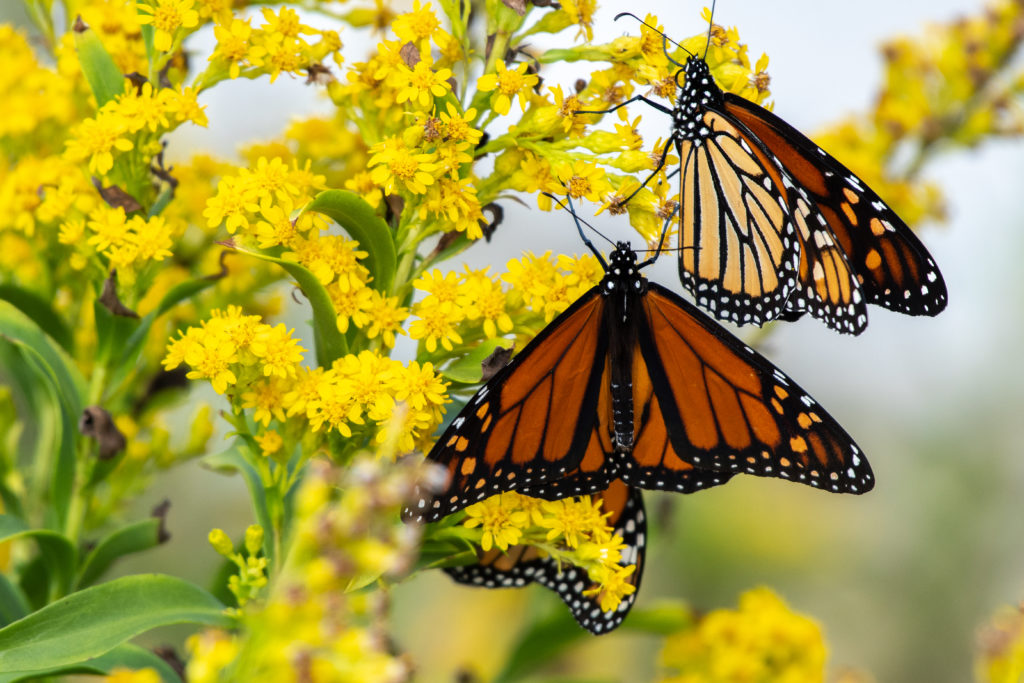
Go to: Mexico Butterflies & Birds w/guide Dave Mehlman Feb. 12 – 19
Born in California, Robert came to Honduras on a Peace Corps mission in 1993, bringing a freshly printed degree from Humboldt State in Natural Resources Planning. When his three-year Peace Corps tour ended, Robert decided to stay on and make his home there. Teaching himself the local flora and fauna, he has become Honduras’s most celebrated expert on both birds and butterflies.

Continuing his long list of “firsts,” Robert and Olivia’s Butterflies of Honduras is the first butterfly guide to catalog the more-than-1250 species found there, and the first butterfly guide of its kind to use only images taken within the country rather than bringing in pictures from neighboring countries where they are also seen.
It is also an ambitious butterfly guide in that it is more than pictures and names – every species has a text description and notes. Contemporary butterfly guides written about Costa Rica, for example, only include some of the six butterfly families, omitting the tricky ‘hairstreaks’ and ‘skippers’, which live in the harder-to-observe canopy.
“There is nothing out there like this,” Robert said of his and Olivia’s butterfly guide. “It was quite an undertaking,” he added with a laugh.
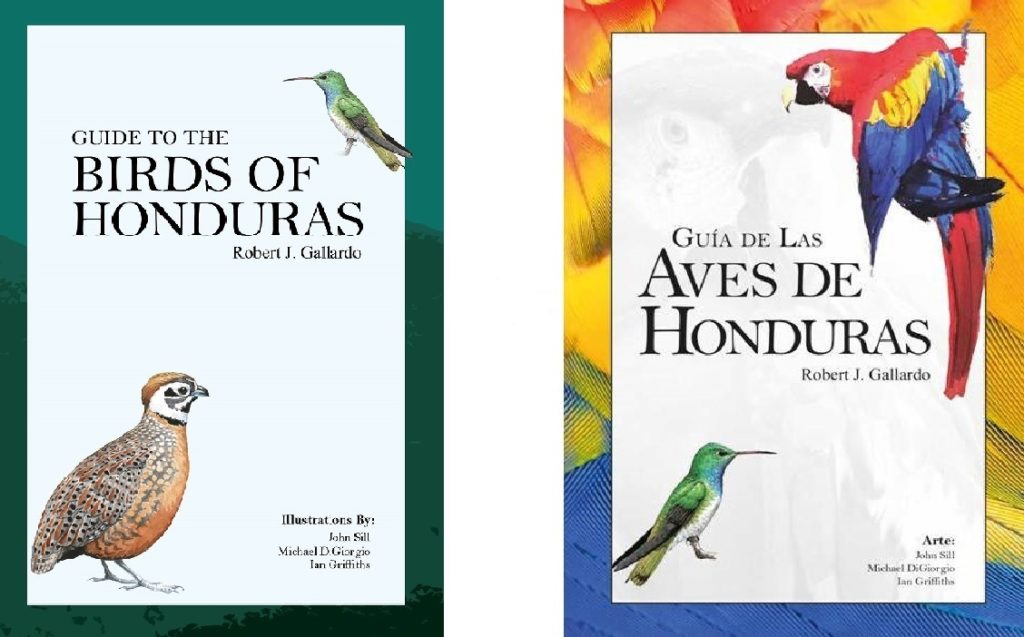
Their Foundation Pro-Nature Honduras is currently attempting to raise the $17,500 it will take to do a limited first printing, through the non-profit auspices of The Missouri Conservation Heritage Foundation. The expectation is that it will be printed some time this year. Robert used the same fundraising model to produce the Birds of Honduras.
And the butterfly book isn’t even Robert and Olivia’s most ambitious iron in the fire. They are also in the process of developing a 50-acre property in Emerald Valley as a tourist-friendly research center that will double as a center of education and training for ecotourism operators.
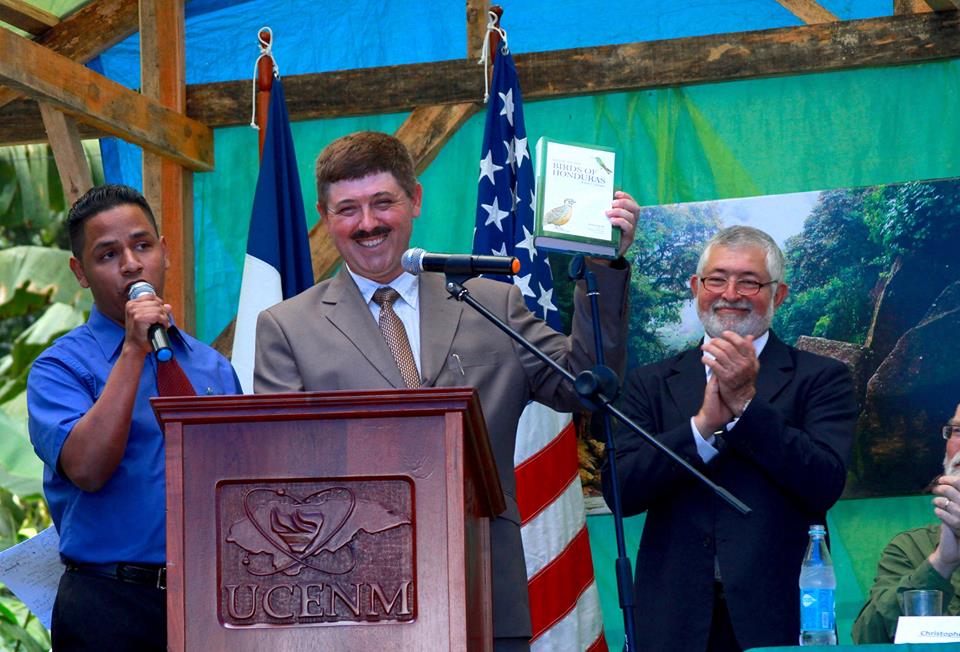
They will offer several butterfly photography tours this year, including one specializing in rare crepuscular (dusk and dawn) butterflies.
Annual Butterfly Festival Expands in 2023
Their Honduran Butterfly Conservation Tour (formerly the Emerald Valley Butterfly Festival) is another “first” as the only one of its kind in Latin America. The upcoming Jan. 5 – 11, 2023 festival will be the fourth annual, and it will be supercharged this year, with teams of international experts flying in to lead festival-goers in exploring Honduras’ Lake Yojoa region, home to some 1,000 butterfly species!
“Quite the big achievement taking into consideration that Costa Rica has not ever been able to pull one off,” Robert said.
One by one as funds are available, they are building upscale cabins that will comfortably house tourists, researchers and students. They’ve already brought enough power to the site to develop a small village.
“Our mission is to promote sustainable tourism and nature tourism, show the people how to sustainably use this finite resource we have been given,” Robert said. “We want to be an example.”
Creature Feature: 6 Butterfly Family Portraits
Learn below about the six butterfly families: The Swallowtails (Family Papilionidae); Brush-Footed Butterflies (Family Nymphalidae); Whites and Sulphurs (Family Pieridae); Gossamer-Winged Butterflies (Family Lycaenidae); and Skippers (Family Hesperiidae). Photos by Robert Gallardo; info gleaned from ThoughtCo.com, and quotes also attributed to ThoughtCo.com
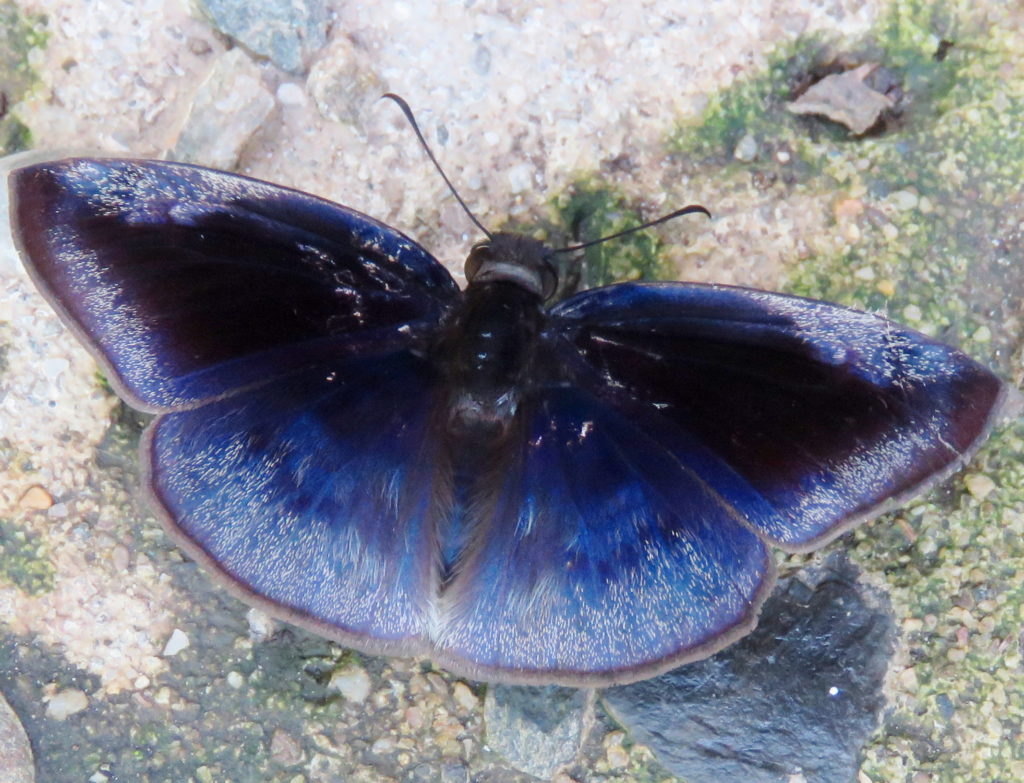
Skippers
Named for their quick, skipping flight, Skippers are different than most butterfly species in that they have robust thoraxes, which make them resemble moths. Their antennae are also hooked at the end, rather than clubbed. Skippers tend toward drab browns or grays, with white or orange markings.
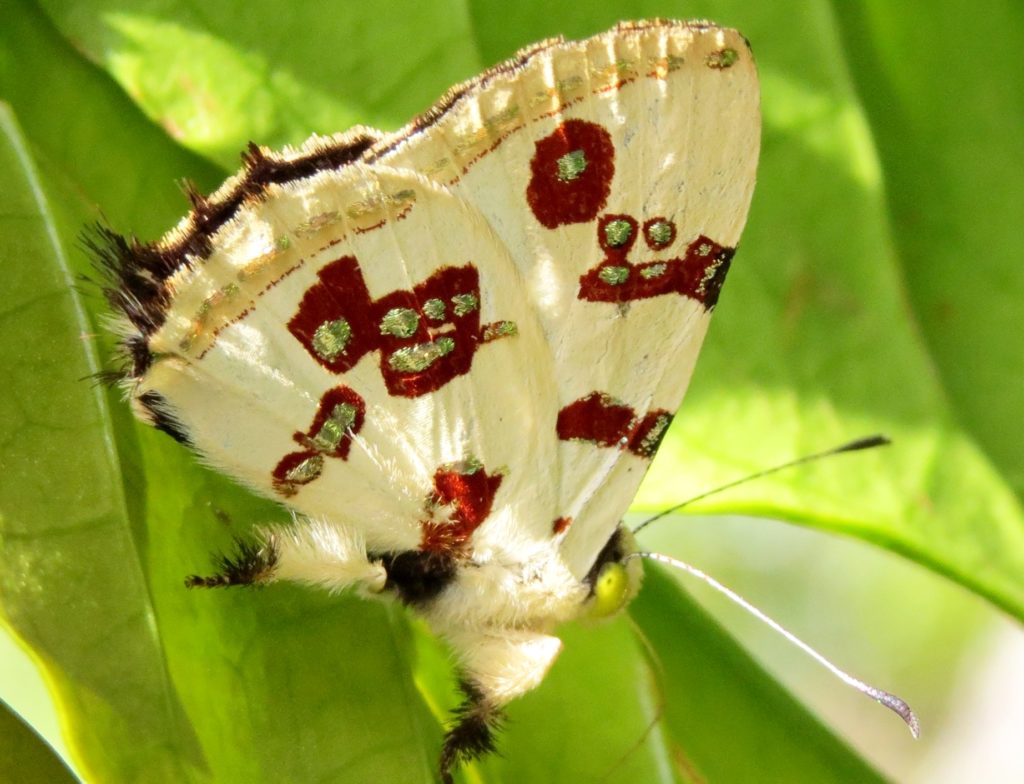
Metalmarks
A tropical butterfly, they are rare in the US, and are named for the metallic markings on their wings.

Gossamer-winged Butterflies
Small, quick and tricky, this group includes the hairstreaks, blues, and coppers. Hairstreaks live mainly in the tropics, while blues and coppers can be found most often throughout the temperate zones. Small with sheer wings often colorfully streaked.
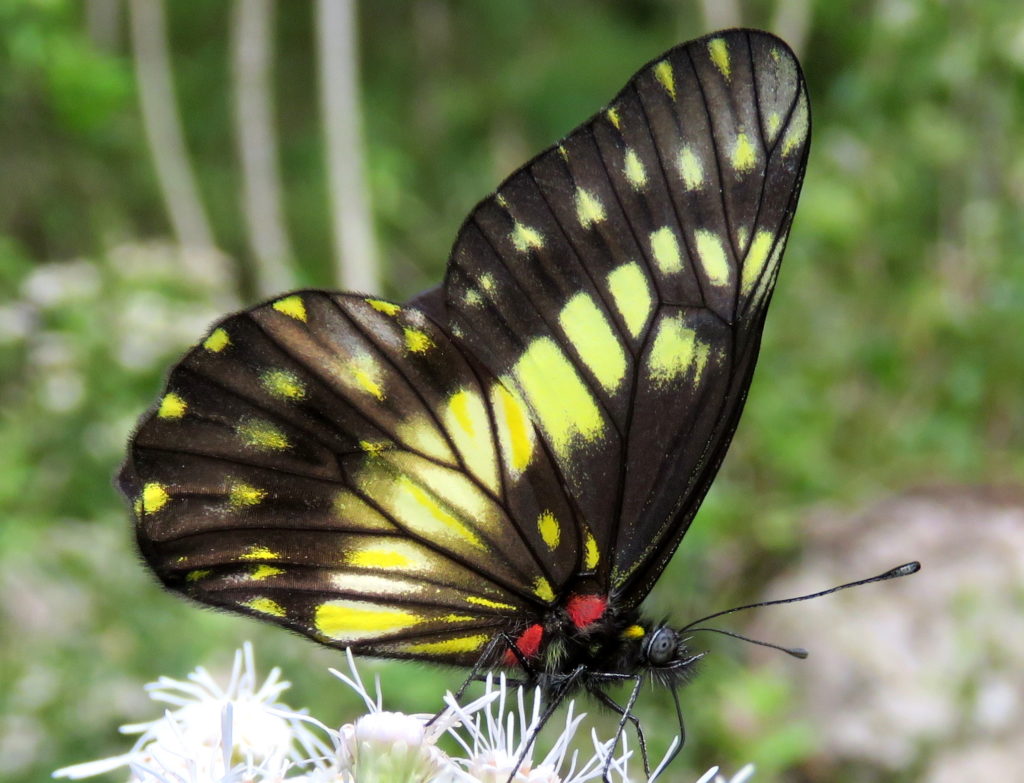
Whites and Sulphurs
Small to medium white and yellow butterflies, often with orange or black markings. They have three pairs of walking legs, unlike the brush-foots, which have shortened front legs. “Most whites and sulphurs have limited ranges, living only where legumes or cruciferous plants grow.”
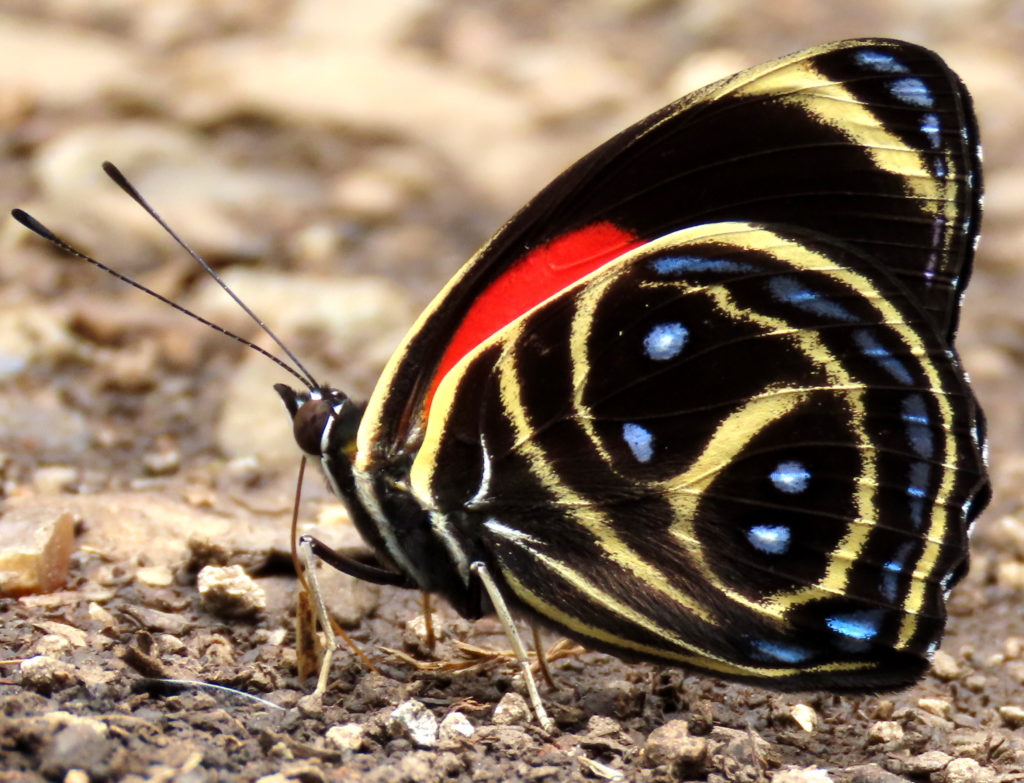
Brush-Footed Butterflies
“The brush-footed butterflies comprise the largest family of butterflies, with some 6,000 species described worldwide and just over 200 species in North America. Many members of this family appear to have just two pairs of legs. Take a closer look, however, and you will see the first pair is there, but reduced in size. Brush-foots use these small legs to taste their food. Many of our most common butterflies belong to this group: monarchs and other milkweed butterflies, crescents, checkerspots, peacocks, commas, longwings, admirals, emperors, satyrs, morphos, and others.”
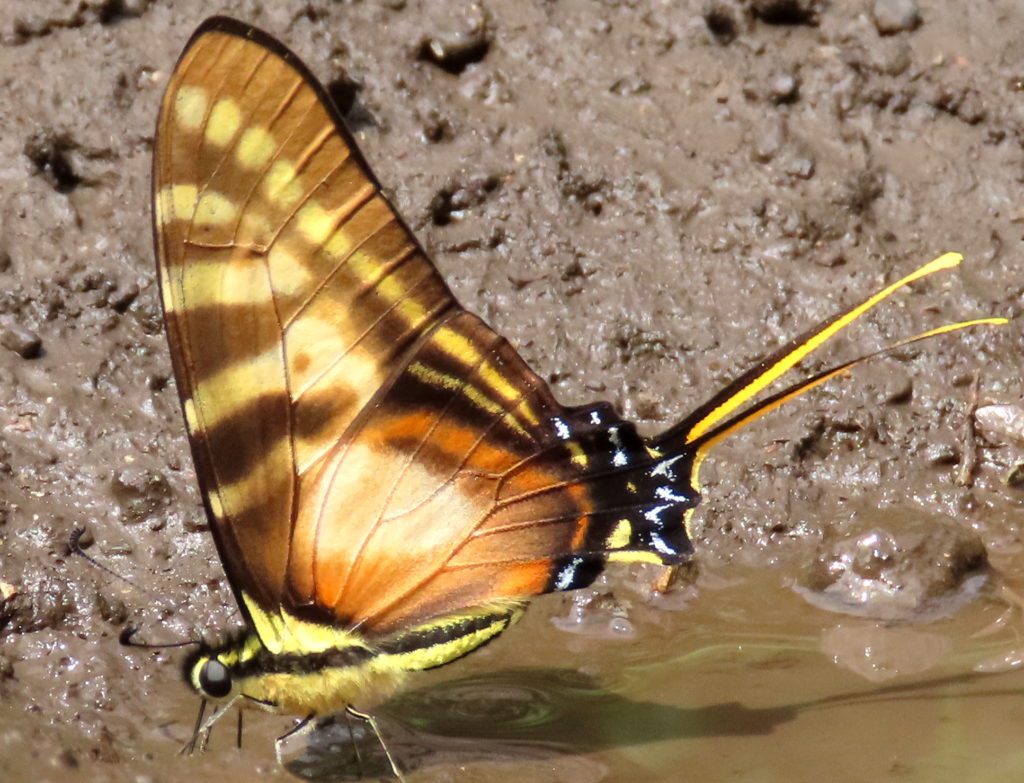
Swallowtails
Medium to large butterflies with a large tail-like appendage make up this showy group. “Not all members of the family Papilionidae have this feature. Swallowtails also boast wing colors and patterns that make species identification fairly easy. Though about 600 Papilionidae species live worldwide, less than 40 inhabit North America.”

